“Bengt Jörgen, C.M. and Canada’s Ballet Jörgen were the first to put diversity in numbers for classical ballet on Canadian stages, some 30 years ago. Bengt is a true Canadian trailblazer and visionary.”
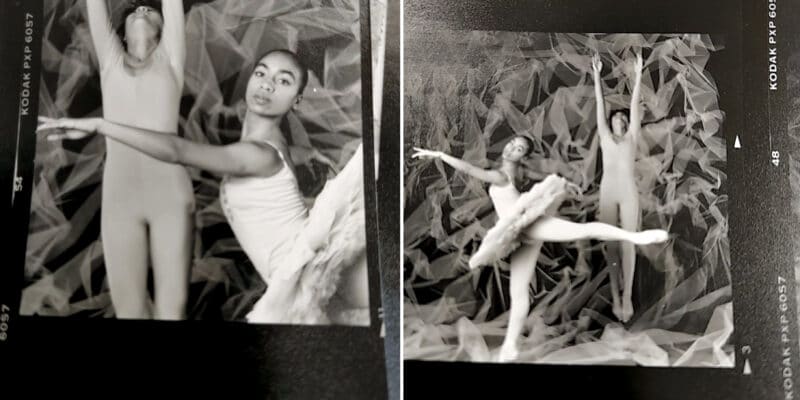
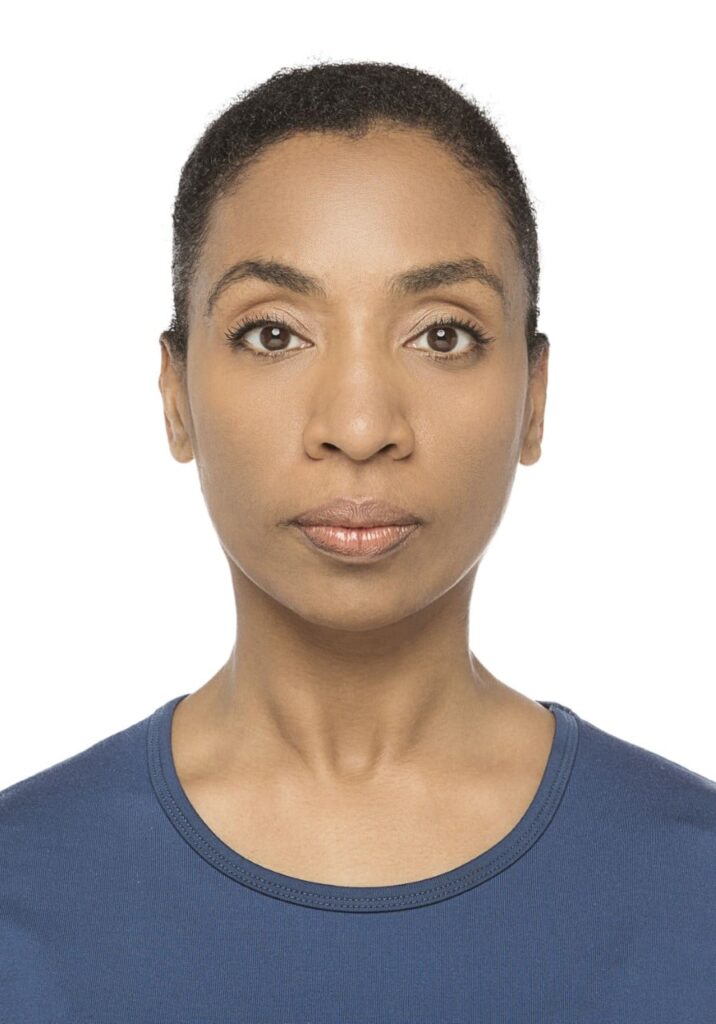
From Professional Ballerina to University Professor
Candace first started her ballet training under the tutelage of Miss Kathleen Binns at the London School of Dance in Scarborough, Ontario where she trained for several years with the Royal Academy of Dance (R.A.D.) syllabus. During this time, she also discovered character dance, tap dance and jazz dance. In her early teens, Candace continued her dance training at the George Brown College – School of Classical and Contemporary Dance in downtown Toronto in the late 1980s/early 1990s. After a school year-end performance, Candace approached Bengt to express her interest in dancing for the company. At the age of 17, Candace was offered an apprenticeship with Canada’s Ballet Jörgen and after a few months, a contract to dance with the fledgling company. Candace danced in the original works of invited choreographers of the company and was on hand for the development of the original choreography for Ballet Jörgen’s first Nutcracker. Candace toured extensively with the company seeing many cities across Canada particularly with Coast to Coast tours of The Nutcracker. Candace also danced in many performances in schools as part of the company’s outreach program.
In 1994, Candace won a scholarship to dance in the Festival Ballet of the Banff Festival of the Arts where she took company class with Violet Verdi. With the Festival Ballet, Candace danced in Victoria Simon’s staging of George Balanchine’s Agon, in Michael Downing’s original ballet Channel, and in Randy Glynn’s restaging of his own 1988 choreography Capricciosa.
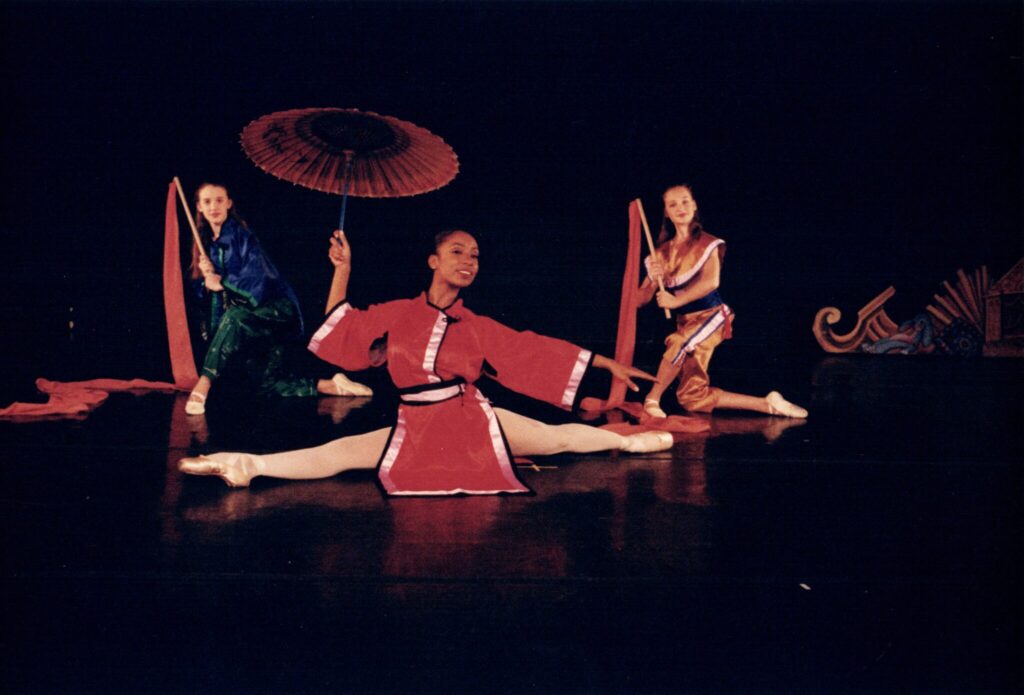
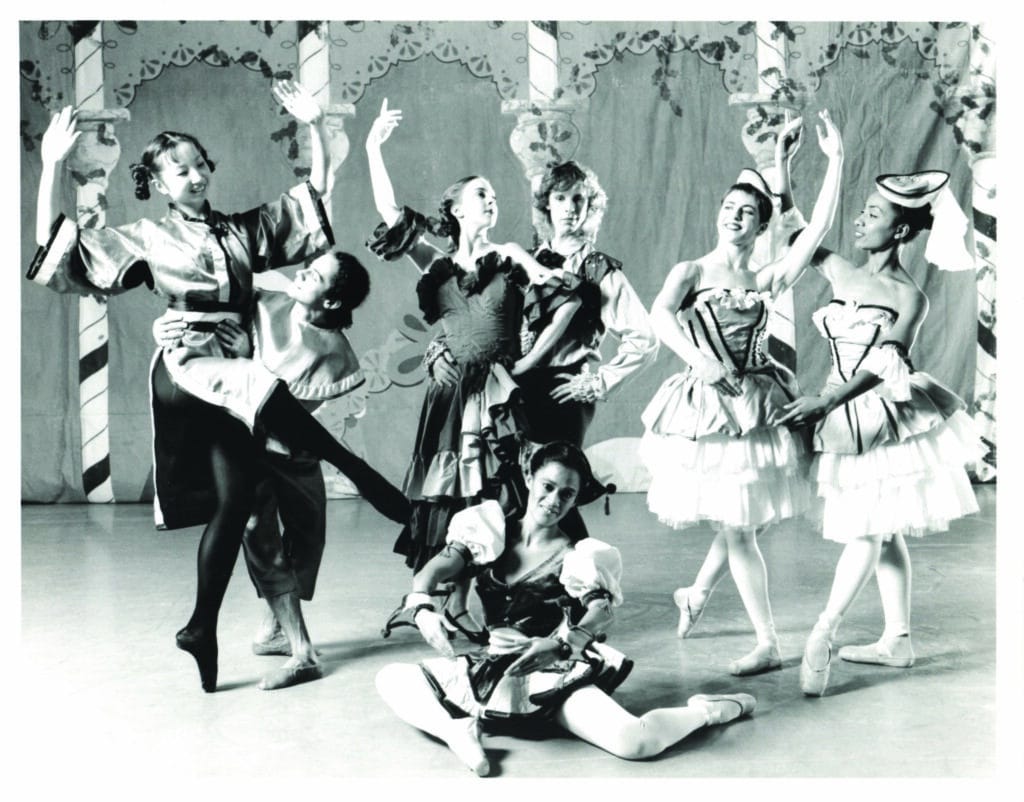
Jane Youngberg, Candace Veecock and Claire Gironella.
“CBJ has been putting diverse dancers on Canadian stages for 30 years. Bengt knows and gets it.”
Candace and Canada’s Ballet Jörgen
Candace danced with Canada’s Ballet Jörgen for five years, from 1992-1996 (when she was aged 17-22). Candace was at the company during a busy time of creations with original works by a number of choreographers including Michael Downing, Paul Estabrook, Mark Godden, Jean Grand-Maître, Edward Hillyer, Bengt Jörgen, Michael Kane, Crystal Pite, Kathleen Rea, Howard Richard, and Debbie Wilson. Candace holds fond memories of her time at Ballet Jörgen in its early years and benefitted greatly from the guidance of various company class instructors and rehearsal masters including Debbie Wilson, Robert McCollum, Mary Jago, Svea Eklof, Kevin Pugh, Che Chun and Arnold Spohr.
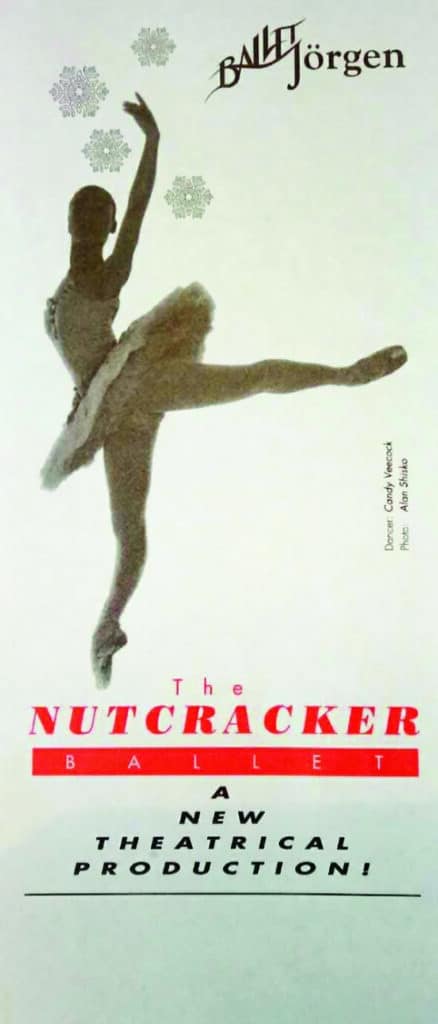
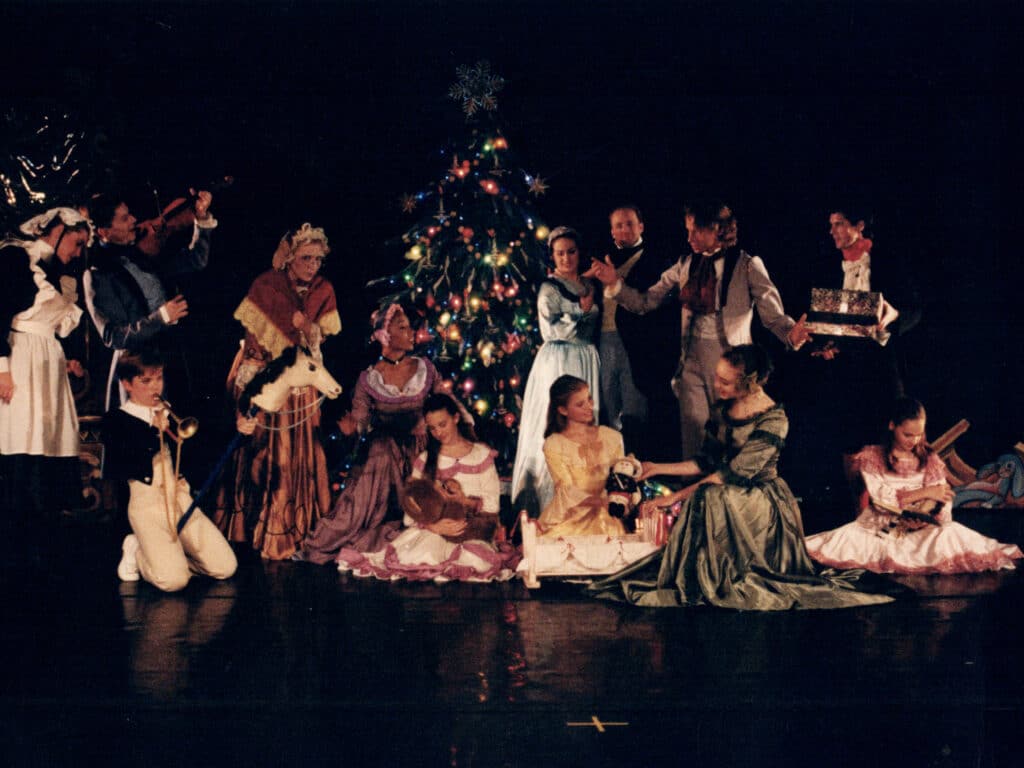
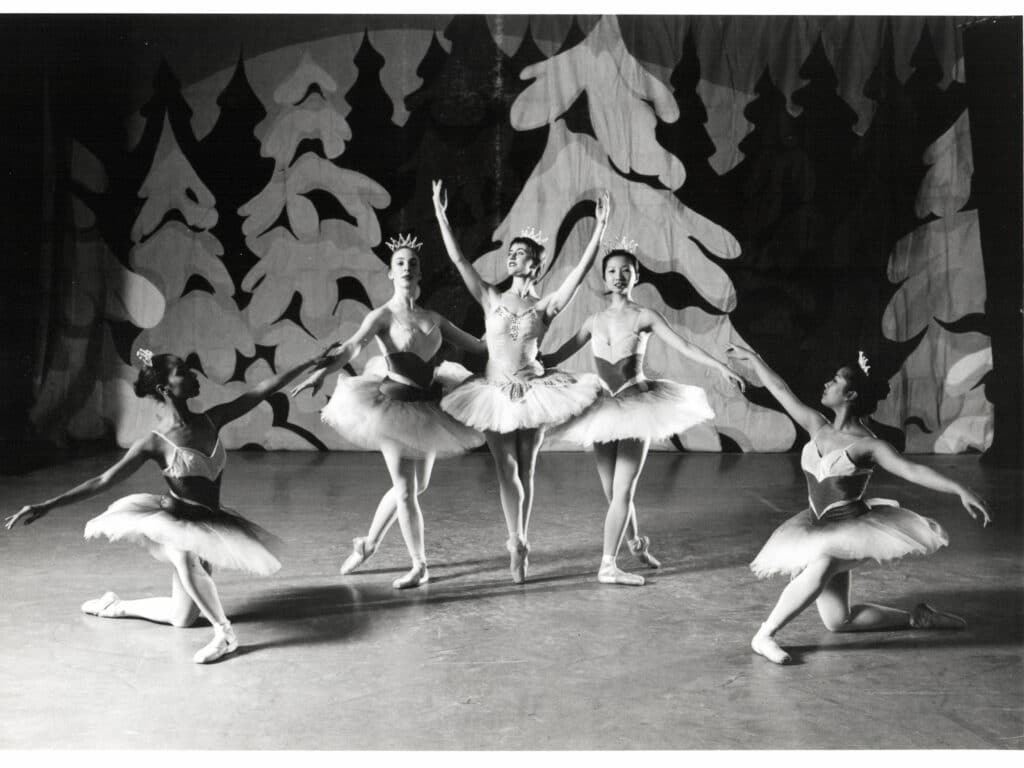
“When I started my ballet training, almost 40 years ago, I was almost always the only person of colour and
especially the only Black dancer in any ballet class I took.”
A few of Candace’s Career Highlights:
- Candace performed the white pas de deux from Swan Lake Act II partnered by Rodolfo Rivas Franco with Canada’s Ballet Jörgen.
- Candace is on the poster for the first version of Canada’s Ballet Jörgen The Nutcracker in 1995.
- Candace also performed with Toronto’s Ballet Creole under the direction of Patrick Parson and for Ronald Taylor Dance (formerly Canboulay Dance Theatre).
- Candace featured as a dance double for Nicole Lyn in the made-for-TV movie Dying to Dance (2001).
- Below: Candace is the central figure in an American Airlines Advertisement supporting the Arts which was included in the June 1997 Playbill magazine and theatre programme for Les Misérables at the Imperial Theatre. The ad also featured in American Airlines in-flight magazines.
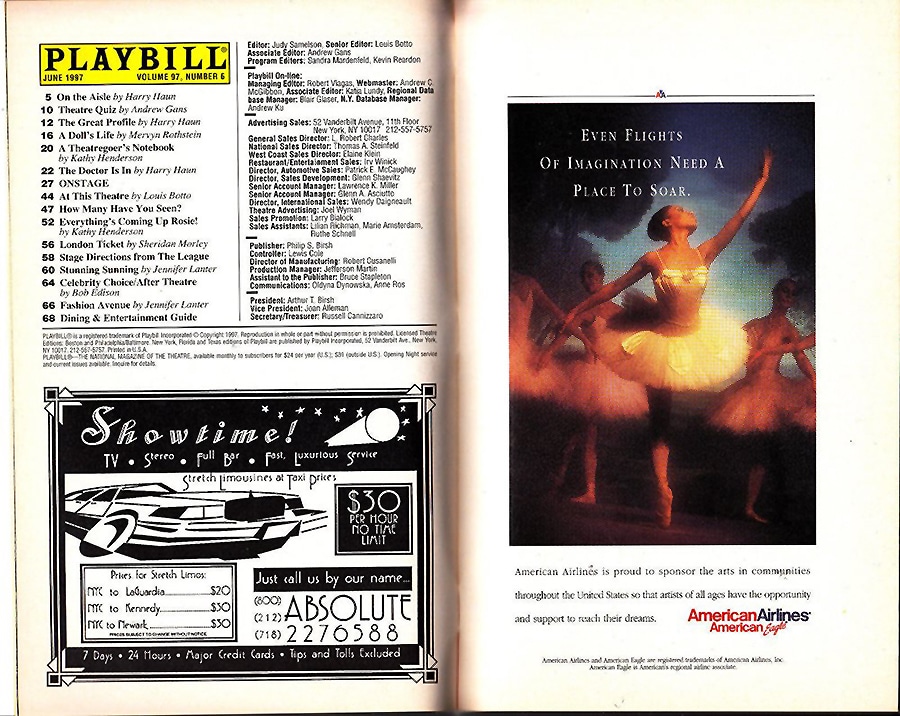
Fast Forward to Today
Dr. Candace Veecock is Assistant Professor of Applied Linguistics / ELT and Director of Teaching in the School of Education and English at the Ningbo China campus of the University of Nottingham (UK). She has an MA in English Studies, an MA in French Studies, a PhD in Linguistics, certification in TESL/TEFL and is currently completing an MA in Special and Inclusive Education. With extensive experience teaching Linguistics, Applied Linguistics and English as a Second or Foreign Language, Dr. Veecock has also worked with young learners with cognitive and behavioural challenges and continues to facilitate teacher professional development training for external stakeholders.
At the University of Nottingham Ningbo China, Candace has enjoyed coming back to the stage after so many years and has performed for colleagues and students in various campus events such as Staff Night, student graduation and Winter shows. In May 2019, she staged and danced in an original ballet choreography to “Waltz of the Flowers” for staff children and also got the chance to dance alongside her talented daughter Sophia.
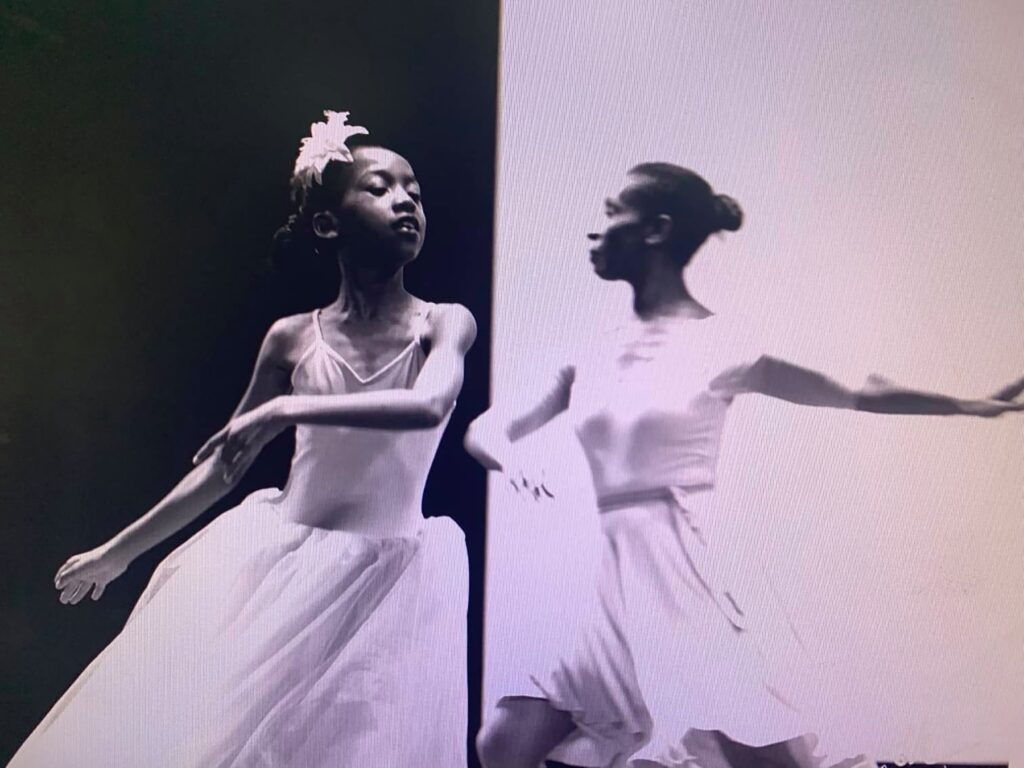

We did a Q&A with Candace to discuss her journey as a Black Dancer
What was it like for you as a Black dancer when you started your training?
When I started my ballet training, almost 40 years ago, I was almost always the only person of colour and especially the only Black dancer in any ballet class I took. There were no role models to look up to. For a young Black girl, when you see pictures, posters, figurines and dolls of ballerinas, you have to have an extraordinary imagination to envision yourself as a ballerina. As a young girl, I was focused on learning the movements, controlling my body, working on my pointe work, making sure my barre work was as clean as it could be, all the micro details. I loved ballet. It was however very hard back then to have information about ballet schools, calls for auditions, where to buy pointe shoes and ballet attire, etc. Those were quite different times and well before the Internet. Canadian news outlets were also not reporting on Black principal dancer Lauren Anderson and the headway she was making at the Houston ballet in the early 1990s. How I wish I had known about her then! I would have been about 14-15 years old. Those were the times though and we didn’t have any information at all about Black dancer Debra Austin who was principal dancer at Pennsylvania Ballet in the early 1980s. Things have certainly changed over the last 40 years since I first started my ballet training, but young Black girls today still need to be able to see someone that looks like them in the ballet world.
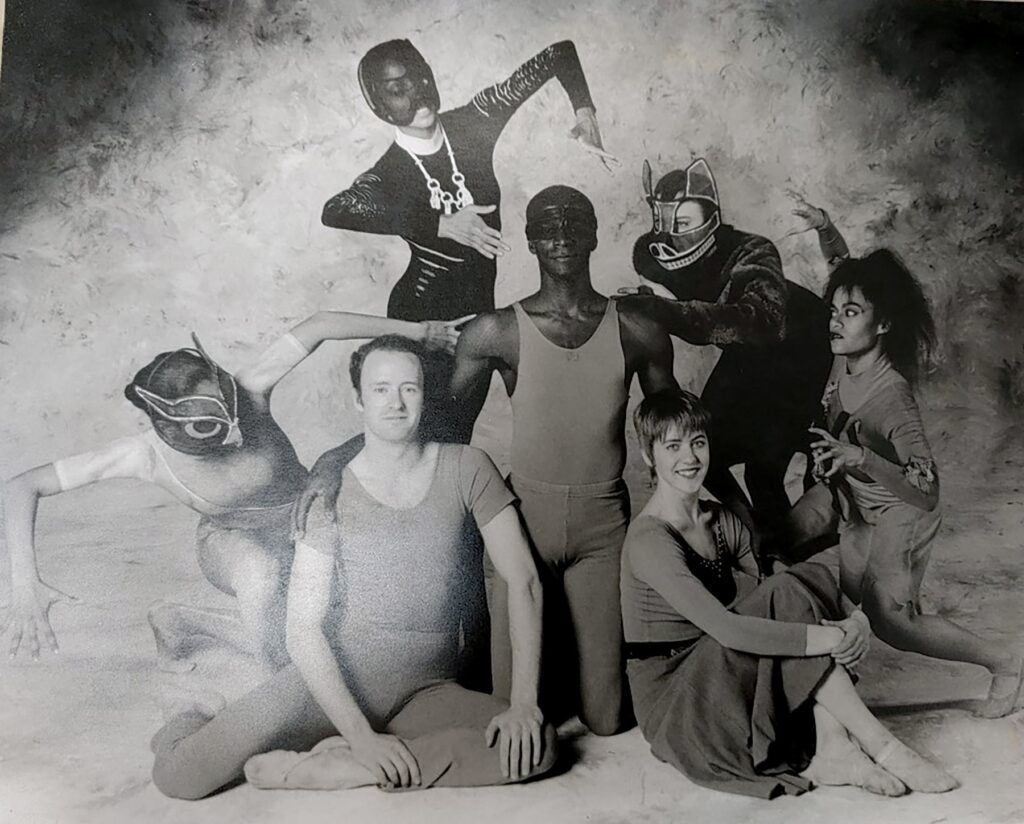
Drew Davidson (boy), Rena Robinson (loon), Almond Small (old man), Clea Iveson (bear), Jane Youngberg (mother), Claire Gironella
(old hag).
“…Bengt truly cultivated a sense of belonging and all of the dancers got along extremely well together.”
When you danced with CBJ what was the representation within the Company?
Bengt Jörgen, C.M. and Canada’s Ballet Jörgen were the first to put diversity in numbers for classical ballet on Canadian stages, some 30 years ago. Bengt is a true Canadian trailblazer and visionary. There were literally no opportunities in classical ballet in the Canadian dance scene for Black dancers. All doors were practically shut except for Ballet Jörgen, who from very early, put dancers of all colours on Canadian stages in both classical and contemporary ballets. In those early days, the Company saw, amongst others, dancers of colour Claire Gironella, Bruno Silva Romero, Almond Small, Rena Robinson, and myself and the diversity also included different body types. Both very short and very tall dancers shared the stage. It was great, it was beautiful, it was art! The early years of the company were a very special time and Bengt was able to bring a very diverse troupe of dancers together. We were working with choreographers on original creative works, touring and doing our small version of the Nutcracker across Canada. To his credit, Bengt truly cultivated a sense of belonging and all of the dancers got along extremely well together.
“…out there among the audiences across Canada, all those years ago,
some little girl would have seen a Black ballerina spinning on her toes.”
Other Canadian ballet companies lagged far behind in terms of diversity 30 years ago, and many unfortunately still do. Medium to big companies back then seemed more or less willing to take on Black male ballet dancers who were able to make some breakthroughs over the years – Kevin Pugh was a trailblazer at NBC; he is such an amazing dancer, now teacher and just a fantastic person. And other companies were starting to have brown and Black male dancers. The Black female ballerina however has notoriously been absent. I hope people can remember to consider the experiences of Black female ballerinas – who clearly get the shortest end of the stick in the ballet world. When we talk about diversity and representation in classical ballet, there have been some gradual increases in diversity for dancers of colour overall, particularly for the lighter skinned peoples of colour. Asian ballerinas, for instance, have made headways in major ballet companies around the world but Black ballerinas and particularly darker skinned ballerinas have historically not — and it is not for lack of talent or interest or trying. When one looks at medium to big Canadian ballet companies, there is unfortunately not a stellar record of integrating Black ballerinas.
While my ballet career was far from as long as it could have been, I will never forget that special time at CBJ and I am happy to have been a part of the critical early years of this company. And out there among the audiences across Canada, all those years ago, some little girl would have seen a Black ballerina spinning on her toes. Needless to say, I am very pleased that the topic of racial diversity in ballet is under discussion. It is a long overdue discussion, but the time is now ripe — ears and minds seem to be finally open to these issues. This is important so that future generations of dancers of colour, particularly Black ballet dancers, darker-skinned ballet dancers and specifically Black female ballet dancers, can be spotted early, have access to excellent training, have their talents nurtured and then go on to be supported in a professional ballet career.
CBJ has been putting diverse dancers on Canadian stages for 30 years. Bengt knows and gets it.
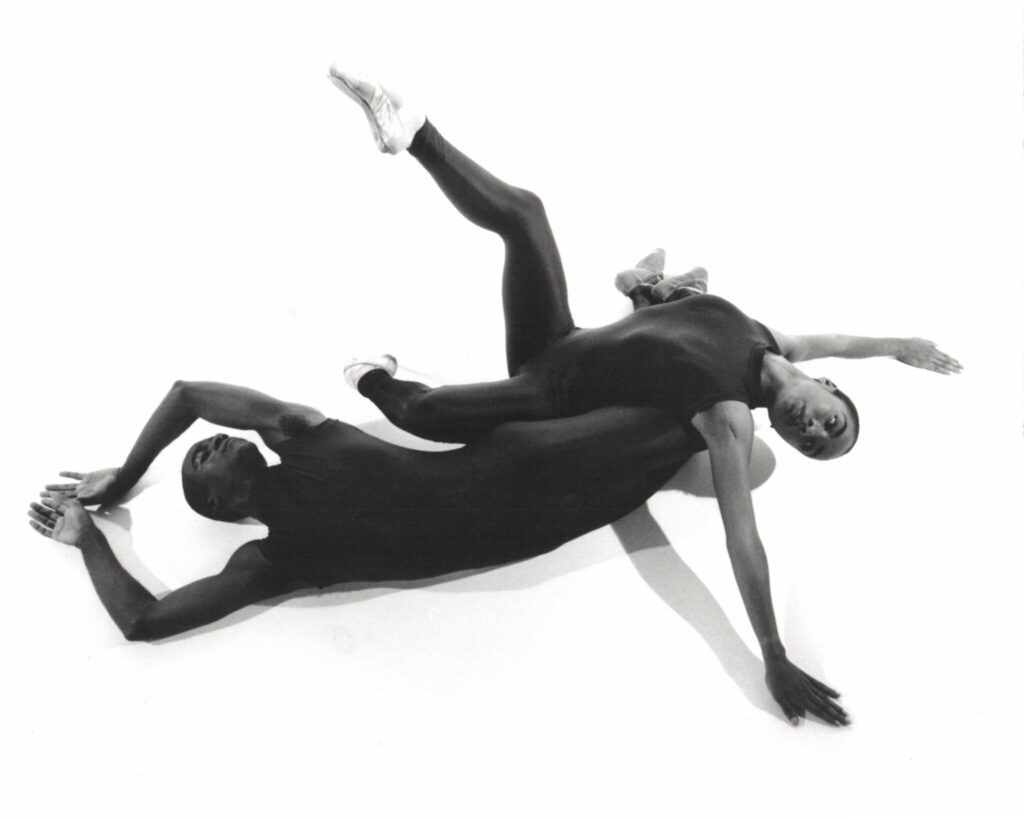
There is still a lot of stigmas and talk around body type, race and gender fluid dancers — What do you think the future is for Ballet and how can we do better?
Ballet definitely needs to do better and to come into the 21st century. Almost any company and place of business outside of ballet will surely be more diverse than the ballet world. It is time that Ballet cultivates talent – period. Talent regardless of look. That said, we need to be clear about the issues and not lump everything together under the label diversity. Part of the question mentions gender fluid dancers — there have always been gender fluid dancers in ballet, since its inception. Vaslav Nijinsky is probably the most famous dancer of the early 20th century, but he was not the first and is not the last to push boundaries and perceptions around gender. More work needs to be done of course but I am confident that barriers will continue to fall in this area as dance artists have been far more accepting of differences in gender identity and orientation than society in general.
“There is still a lot of internalized pressure to maintain a very slim body shape
in ballet and particularly so for women.”
Body type is another issue, but I am not so confident that this issue can be resolved any time soon. There is still a lot of internalized pressure to maintain a very slim body shape in ballet and particularly so for women. I have seen wonderful dancers who are shapelier and we should all remember what ballerinas looked like even up to the late 1960s; overall, they were more solid and arguably “healthier-looking” women. Companies still have their general preferences for shorter or taller dancers of a certain aesthetic too. There is so much talent out there that decisions have been made on often very subtle preferences for a certain look, height, body shape and proportions, hair colour… in addition to where you trained, who trained you, will this individual fit into the corps de ballet, etc.
Race is another issue. I think big ballet companies need to get with the times and be mindful of the outdated image they still have. Companies which are welcoming talent from diverse communities need to be lauded and supported. This is still fairly new and uncharted territory. I was just reading that the Paris Opera intends to address its lack of diversity and one of the things mentioned is a review of admissions to its ballet school. This is an essential step in my opinion. There will not be dancers of colour en masse if they are not being trained. I would add that careful support will be needed for Black dancers during their training; a mentor is needed — someone to explain the ropes, discuss when, where and how to audition, and even when accepted into a company, how to manage one’s career options and choices, etc. A lot more effort is needed in this area.
“There are little Black girls up and coming who love ballet. Find them, guide them, nurture their talent,
mentor them, help them survive and more importantly help them thrive!”
What would you tell your 7-year-old self today?
That is an interesting question. My 7-year-old self was almost 40 years ago. That 7-year-old already had everything she needed: a love of ballet, dreams of being a professional ballerina, a natural ability for ballet and dance, ambition and dedication, a strong family support system, a father who drove her to ballet class and waited outside for hours, fantastic ballet teachers who pushed her. There is nothing I would tell my 7-year-old self. It was never about her but about the opportunities that presented itself or not back then. What I would tell the Canadian Ballet world of 40 years ago however is this: “There are little Black girls up and coming who love ballet. Find them, guide them, nurture their talent, mentor them, help them survive and more importantly help them thrive!” It is the message today to those in the ballet hierarchy, ballet company boards and management, audition panels, and to all dancers who can be allies and a network of support. It is time to be more conscious of talent and potential in all its forms. Some young black girl out there doesn’t just need someone to believe in her, she needs the opportunity to develop her gifts. It is time to reimagine what the classical ballerina looks like!
